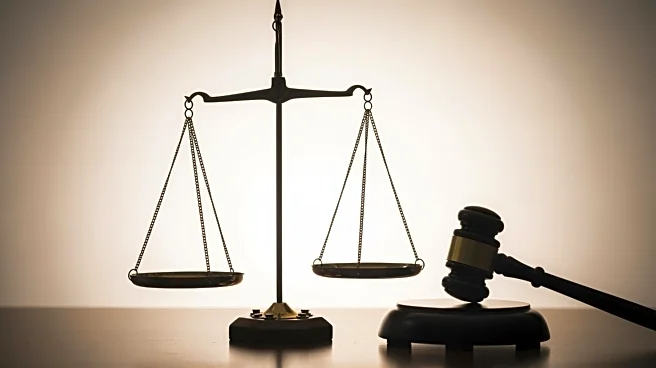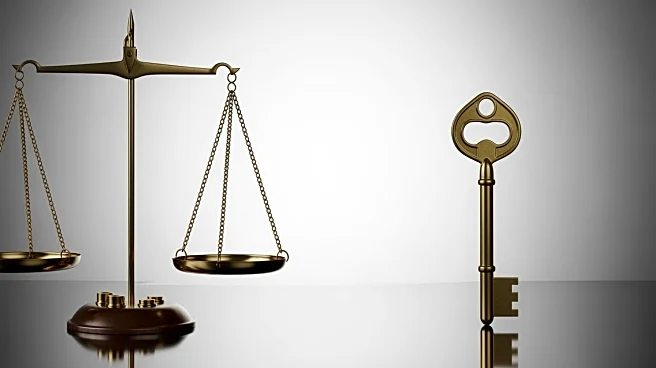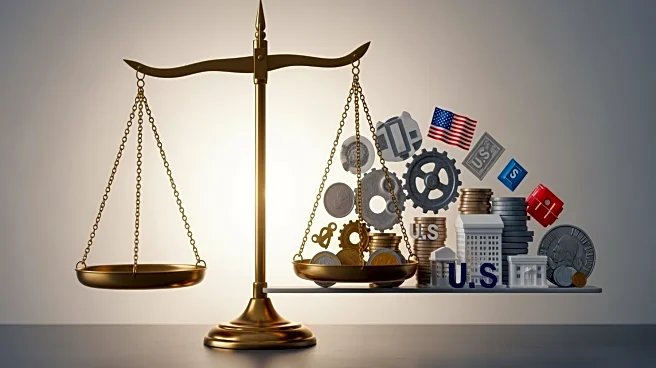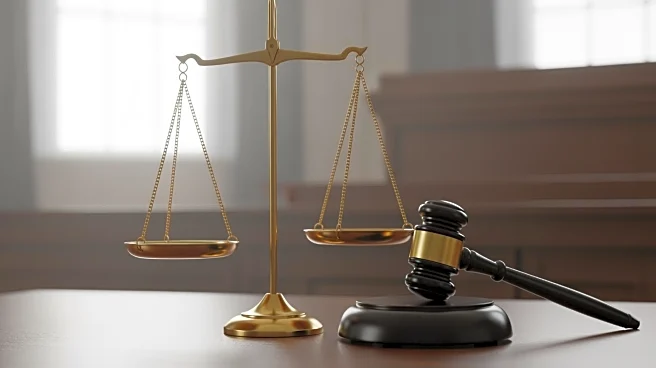What's Happening?
The Supreme Court is reviewing President Trump's use of the International Emergency Economic Powers Act (IEEPA) to impose global tariffs without congressional approval. During the oral arguments, several
conservative justices, including Justice Amy Coney Barrett, questioned the scope of the president's authority under IEEPA. The case, which challenges the legality of these tariffs, could redefine the limits of presidential power in economic matters. The court's decision may determine whether the president can continue to use emergency powers to impose tariffs, a key component of Trump's trade policy.
Why It's Important?
This case is pivotal in defining the boundaries of presidential power, particularly in economic and trade policy. A ruling against the tariffs could reinforce congressional authority over taxation and trade, impacting how future presidents approach economic emergencies. The decision could also affect U.S. businesses and consumers, as tariffs influence market prices and international trade relations. The case underscores the importance of checks and balances in government, potentially setting a precedent for how emergency powers are interpreted in the future.
What's Next?
The Supreme Court's decision is expected soon, possibly before the typical end-of-term announcements in June or July. If the court rules against the tariffs, it could lead to significant changes in U.S. trade policy and require adjustments in how tariffs are implemented. The ruling may also prompt legislative action to clarify the president's powers under IEEPA, ensuring a more defined separation of powers between the executive and legislative branches.
Beyond the Headlines
The case highlights the tension between executive authority and legislative oversight, raising questions about the use of emergency powers in non-traditional contexts. It may influence how courts interpret statutory language in cases involving significant political and economic decisions, potentially affecting future administrations' approach to governance and policy implementation.













